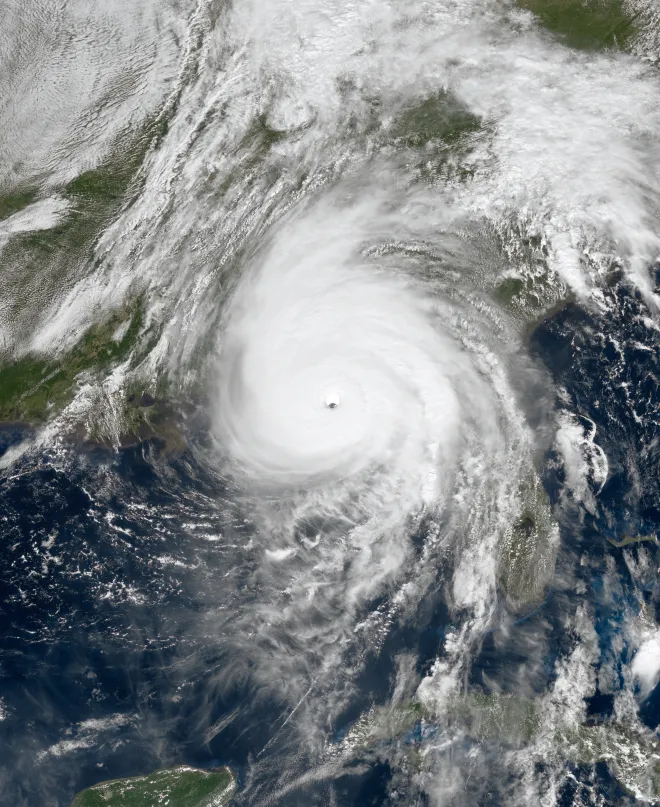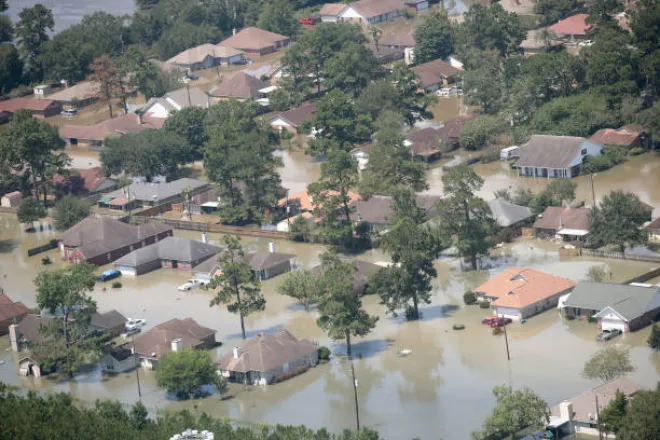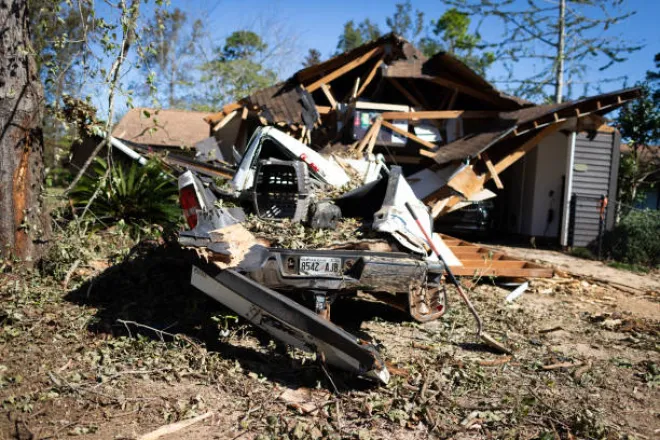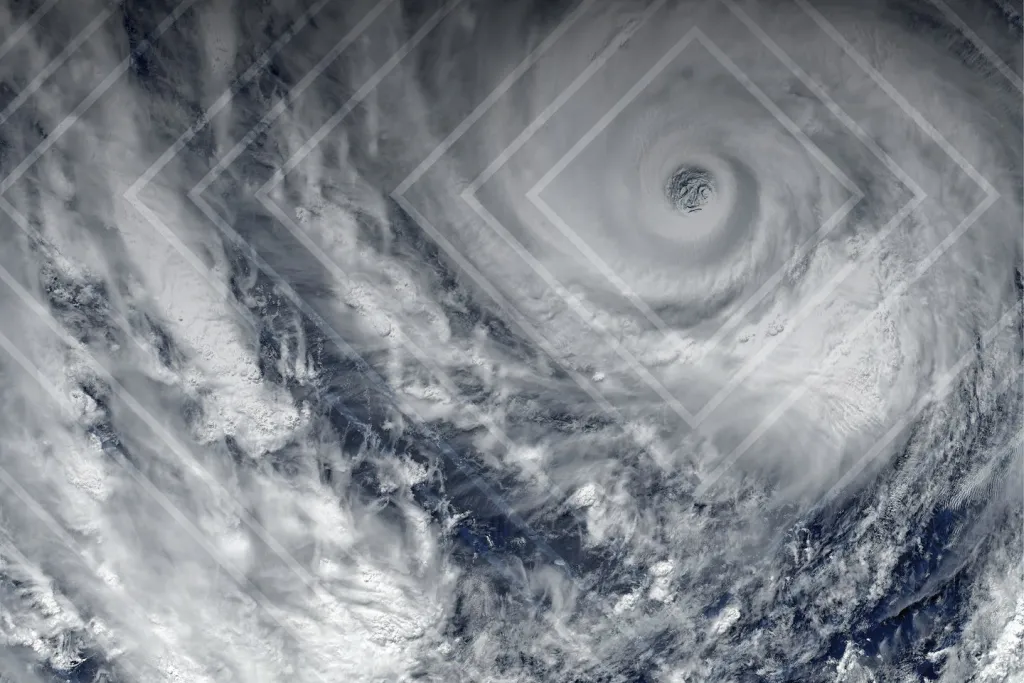June 1st marks the official start of the Atlantic hurricane season in the United States. This year, the National Oceanic and Atmospheric Administration (NOAA) predicts an above-average hurricane activity this year — which would make it the seventh consecutive above-average hurricane season. NOAA’s outlook for the 2022 Atlantic hurricane season, which extends from June 1 to November 30, predicts a 65% chance of an above-normal season, a 25% chance of a near-normal season and a 10% chance of a below-normal season.

The Extension Disaster Education Network (EDEN) is a collaborative multi-state effort by Cooperative Extension Services across the country to improve the delivery of services to citizens affected by disasters. EDEN's mission is to reduce the impact of disasters through research-based education. Led by USDA’s National Institute of Food and Agriculture, the conception, development and growth of EDEN were a direct result of the lessons learned by the Land-grant System responding to the catastrophic Mississippi and Missouri river floods of 1993.
The mission of EDEN is to provide encouragement and support to local Extension workers across the United States as they build working relationships with their local and state emergency management networks, provide educational programs on disaster preparation and mitigation, assume locally appropriate roles during disasters and collaborate in recovery efforts. As the nation faces another active hurricane season, local Extension teams across the nation are helping prepare their states for potential storms and are ready to respond following these disasters.

At Southern University, the Extension team developed “Emergency Preparedness, Response, and Recovery: Creating a Virtual Conference for Low-Resourced Communities.” The team also recently launched its second annual webinar series, “Emergency Preparedness, Response, and Recovery Virtual Conference Series” leading into hurricane season. An e-book detailing their project can be found here.
The University of Florida developed “Harmonizing the Assessment of the Impacts of Natural Disasters to Florida Agriculture,” an online survey instrument that assists Extension educators in collecting disaster impact information that aligns with the requirements of USDA’s Farm Service Agency’s disaster declaration policy. The survey also is available in a paper format, but can be used digitally from phones and tablets in the field utilizing Qualtrics.

Following Hurricane Harvey and Texas A&M University’s response to the disaster, including facilitating the lead on long-term recovery, the Texas A&M AgriLife Extension Service received state funding to create a specialized program to enhance disaster readiness in Texas. Part of the Disaster Assessment and Recovery unit, the Disaster Assessment & Recovery Teams (DARTs) are cross-disciplinary teams and focus on everything from planning to preparedness, response to recovery, and mitigation.
Over the last five years of developing these teams, TAMU has seen tremendous benefit in utilizing Extension specialists who have had previous military experience. These individuals have a unique perspective when addressing disaster response. For the military perspective, please view here.

Through a Smith-Lever Special Needs Competitive Grant titled, “Preparing Extension Employees for Emergencies and Natural Disasters,” the University of Georgia has built four geographically dispersed teams of educators to respond to disasters affecting Georgia. While similar in concept to the DARTs of TAMU, these teams work locally with Extension offices to train local educators on roles they may be asked to play during and immediately following a disaster. They also work with local offices to develop Continuity of Operations Plans.
University of Connecticut developed “Shelter from the Storm: Preparedness Education for Vulnerable Populations in Connecticut.” Supported by a Smith-Lever Special Needs Competitive Grant, the program is for those experiencing housing insecurity (homelessness, in temporary housing, or at risk of losing one’s home).

This program goes to local shelters, food pantries, libraries and places where these populations frequent to provide practical information and resources on how to prepare for a storm.
Photo of the eye of a hurricane. Courtesy of Adobe Stock.

